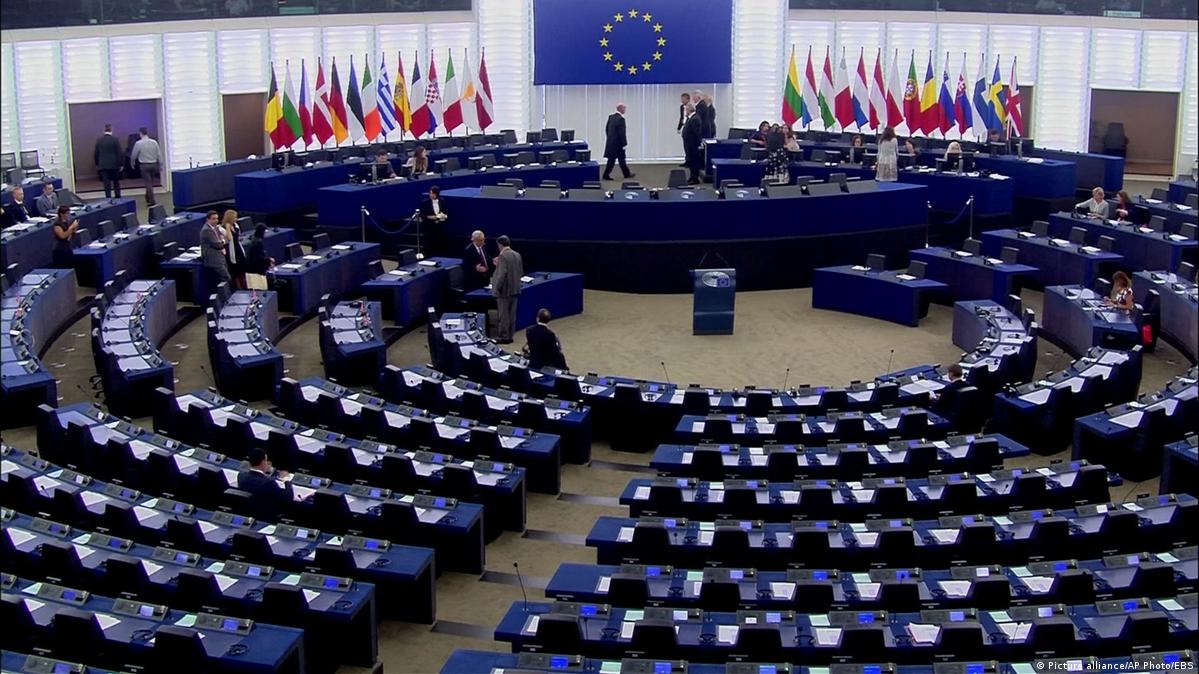The textile industry plays a significant role in the European Union’s economy, but it also presents substantial environmental and social challenges. From resource-intensive production processes to textile waste disposal, the industry’s impact on the environment is considerable. Furthermore, concerns about working conditions and human rights violations persist in countries with weak labor laws. To tackle these issues, the European Union is developing a new strategy for sustainable and circular textiles. This article examines the objectives, vision, and actions of the EU strategy, as well as its potential to address environmental and social challenges in the textile industry.
- The Environmental Impact of the Textile Industry:
The textile industry’s impact on the environment is substantial, with European consumers discarding an average of 11kg of textiles per year. The industry’s environmental impact ranks fourth highest, following food, housing, and mobility. Resource efficiency and circularity are key aspects that the EU strategy aims to address. By promoting sustainable practices and reducing textile waste, the strategy aims to minimize the industry’s carbon footprint and preserve natural resources.
- Social Challenges in the Textile Industry:
Labor rights and working conditions in the textile industry have long been a cause for concern. Weak or poorly enforced labor laws in some countries contribute to exploitation and human rights violations. The EU strategy recognizes the importance of addressing these social challenges. It aims to improve working conditions, ensure fair wages, and uphold human rights throughout the textile supply chain. By promoting responsible practices, the strategy seeks to create a more socially sustainable textile industry.
- Objectives and 2030 Vision:
The EU strategy sets forth a vision for the future of the textile industry, including objectives to be achieved by 2030. These objectives include the production of textiles that are durable, repairable, and recyclable, with a significant use of recycled fibers and free from hazardous substances. The strategy aims to discourage overproduction and overconsumption while promoting high-quality, affordable textiles. It also envisions profitable re-use and repair services and a competitive, resilient, and innovative textiles sector.
- Actions of the EU Strategy:
The EU strategy outlines several actions to drive change within the textile industry. These actions include setting design requirements for textiles to improve durability and recyclability, providing clearer information to consumers through digital product passports, tackling greenwashing, and addressing the unintentional release of microplastics from synthetic textiles. The strategy also aims to harmonize producer responsibility rules for textiles and establish economic incentives to encourage more sustainable products.
- Challenges and Perspectives:
While the EU strategy for sustainable and circular textiles is a positive step toward transforming the industry, some critics argue that it lacks a strong social sustainability perspective and clear climate targets. Engagement with stakeholders from various sectors of the textile industry will be crucial to ensure the strategy’s effectiveness and equity. The European Parliament will provide feedback on the strategy, allowing for further improvements and considerations.
The EU Strategy for Sustainable and Circular Textiles represents a significant effort to address the environmental and social challenges of the textile industry in the European Union. By promoting sustainability, circularity, and responsible practices, the strategy aims to minimize the industry’s environmental impact, improve working conditions, and uphold human rights. While the strategy faces some critiques, its implementation and engagement with stakeholders will be essential to ensure its success. As the textile industry undergoes transformation, the EU has the opportunity to become a global leader in sustainable textile practices, inspiring change and driving innovation in the industry.
